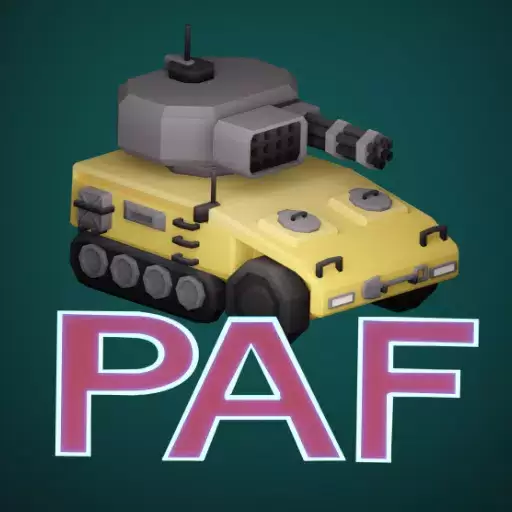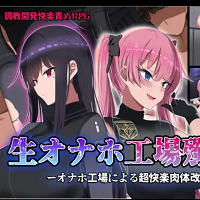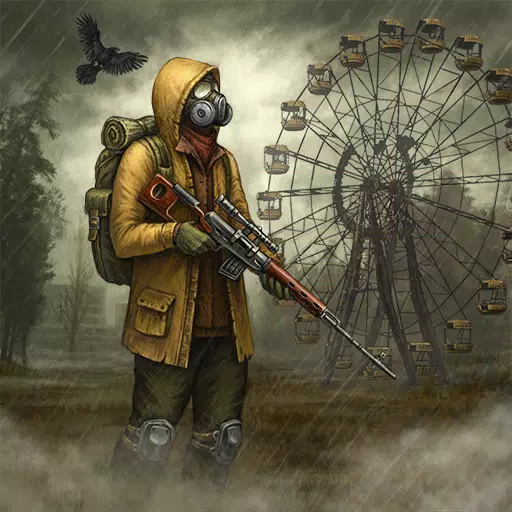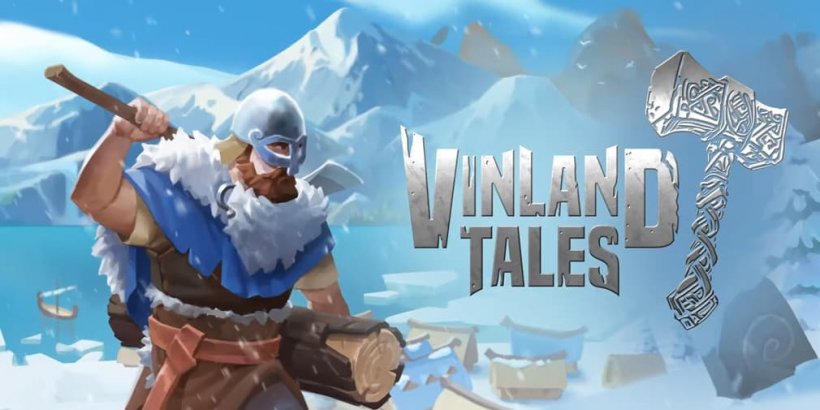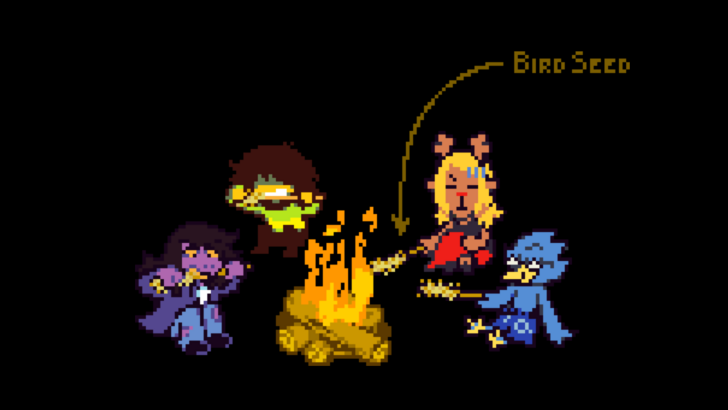This extensive interview with Christopher Ortiz, the creative mind behind Sukeban Games and the celebrated VA-11 Hall-A, delves deep into the studio's journey, creative process, and the highly anticipated new title, .45 PARABELLUM BLOODHOUND.
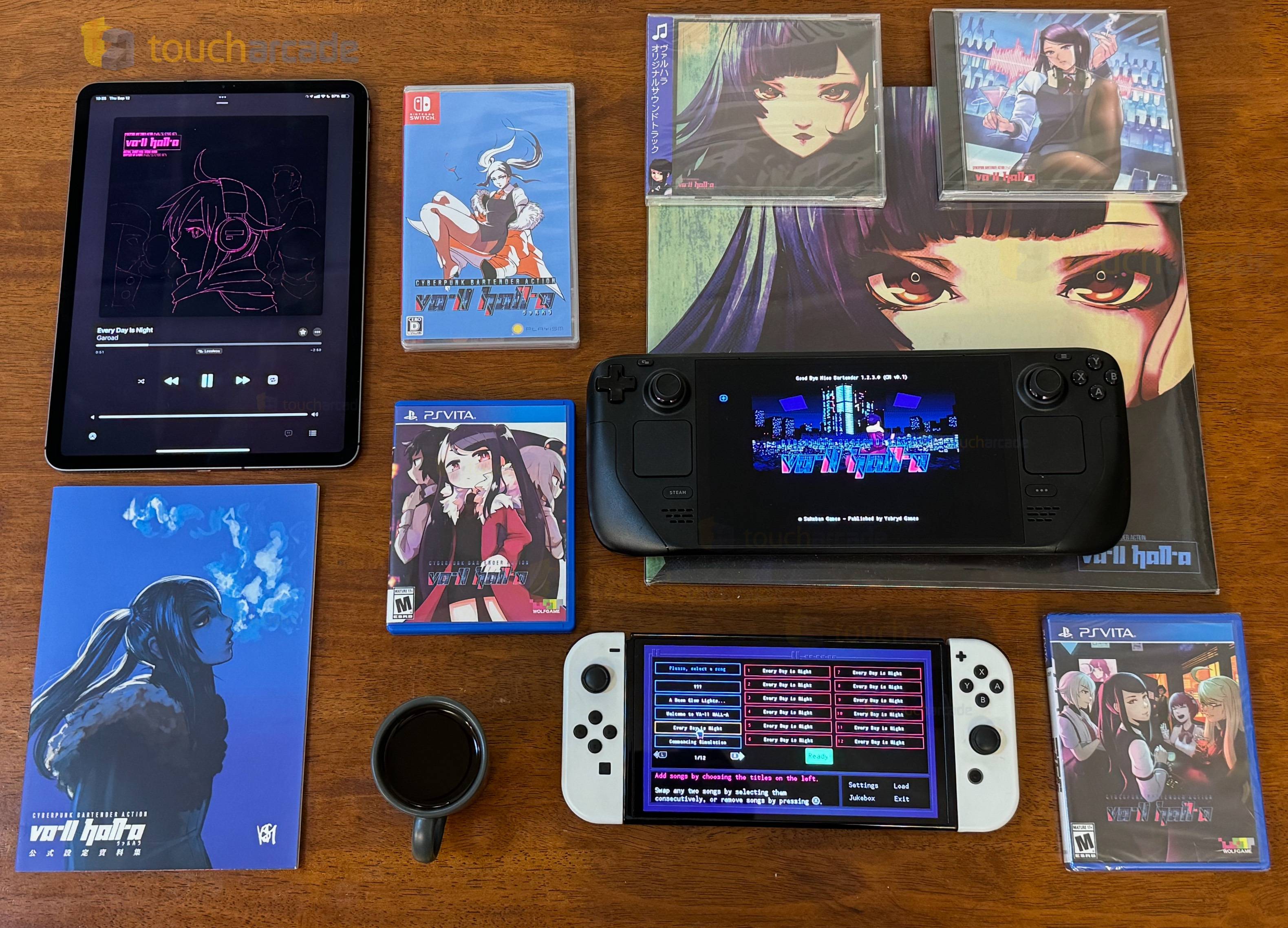
Ortiz discusses his multifaceted role at Sukeban Games, the unexpected global success of VA-11 Hall-A, and the emotional experience of witnessing its reception in Japan. He reflects on the game's development, initial sales expectations, and the ongoing popularity, including the numerous figurines, with a new Jill figure on the horizon. The interview also touches upon the abandoned iPad port and the possibility of future Xbox releases.
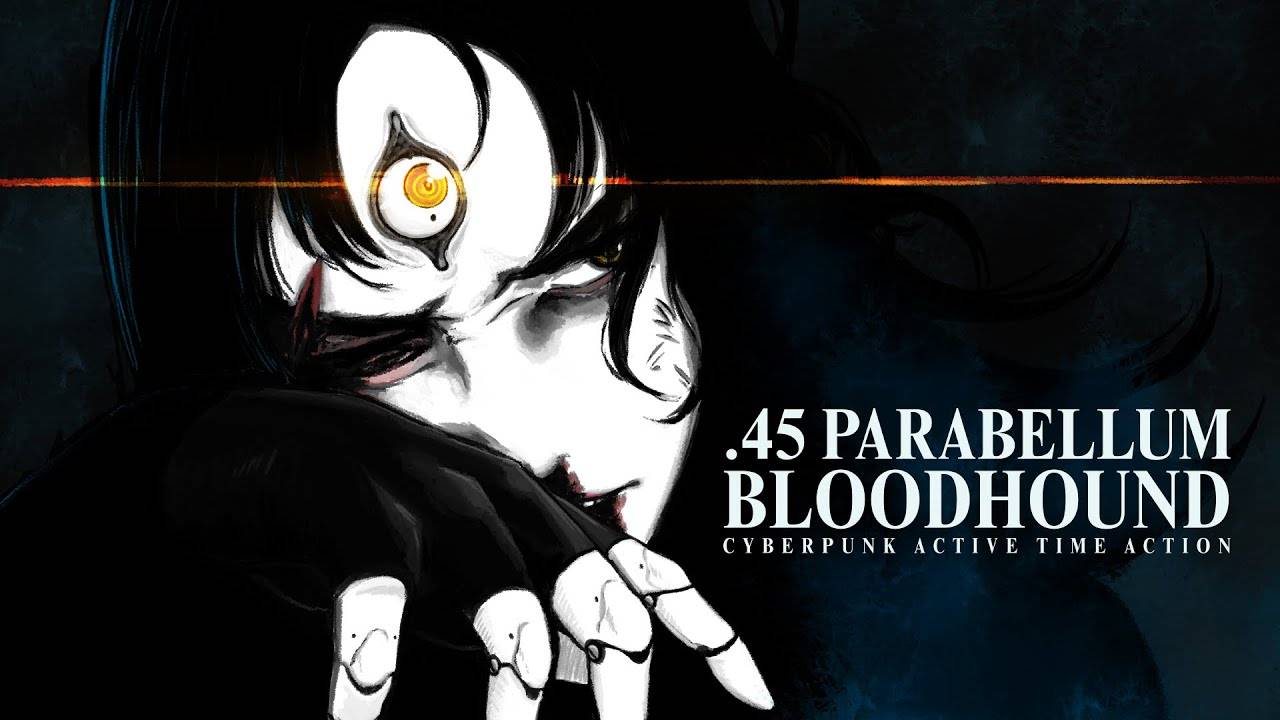
The conversation explores the evolution of the Sukeban Games team, the collaborative relationship with artist MerengeDoll, and the creative synergy with composer Garoad on VA-11 Hall-A's iconic soundtrack. Ortiz shares insights into his involvement in merchandise creation and expresses a desire for greater participation in future projects.
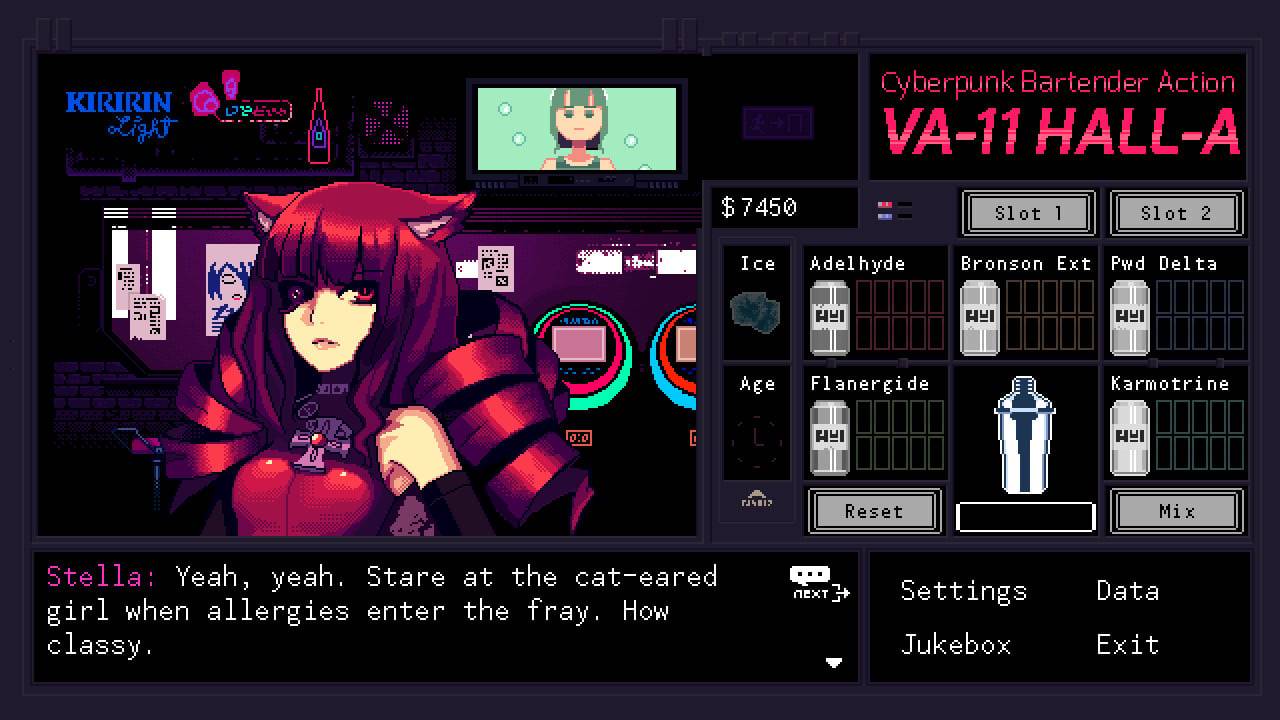
The interview revisits the inspiration behind the Japanese release's art book cover, a piece deeply connected to Ortiz's personal experiences. He reflects on the unexpected popularity of specific VA-11 Hall-A characters, the ongoing development of N1RV Ann-A, and his thoughts on Suda51's No More Heroes series and Grasshopper Manufacture's work under NetEase.
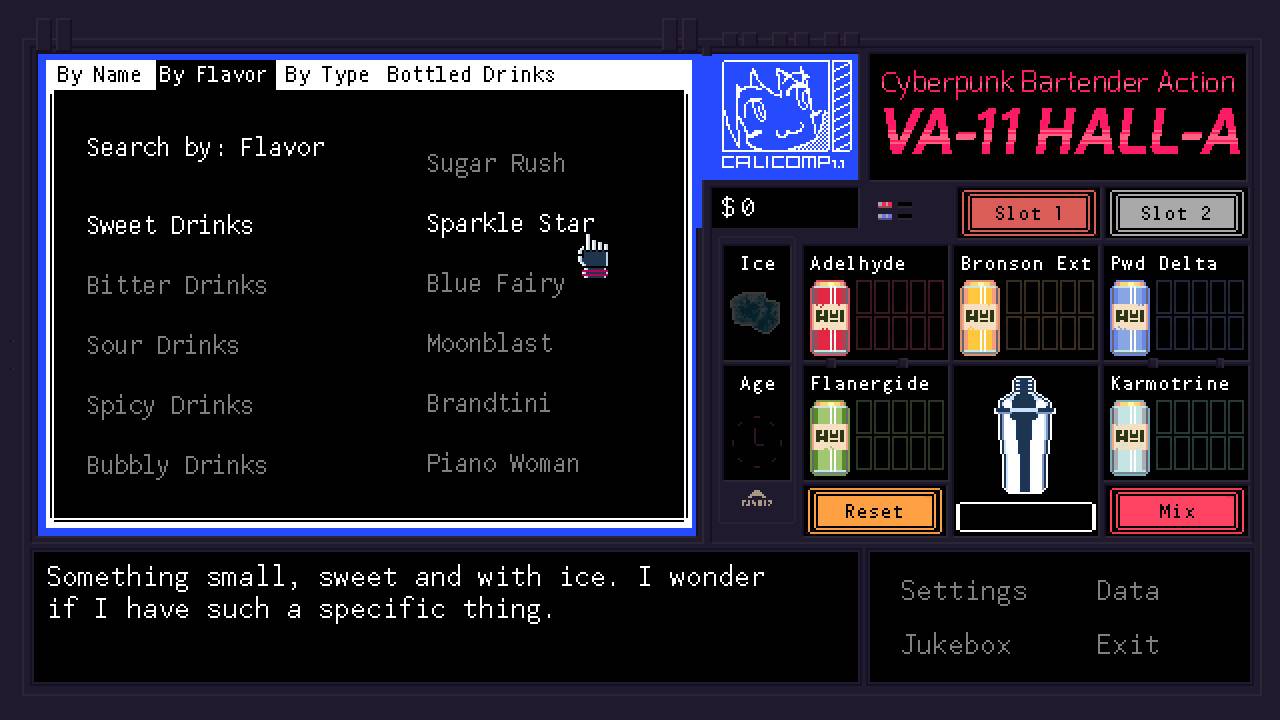
A significant portion of the interview focuses on .45 PARABELLUM BLOODHOUND. Ortiz discusses the game's development process, the positive fan reception, and the creative inspirations behind its unique visual style and gameplay mechanics, drawing parallels to titles like Vagrant Story. He details the team's approach to development, emphasizing a focus on atmosphere and script, and reveals the challenges and rewards of a long-term project.
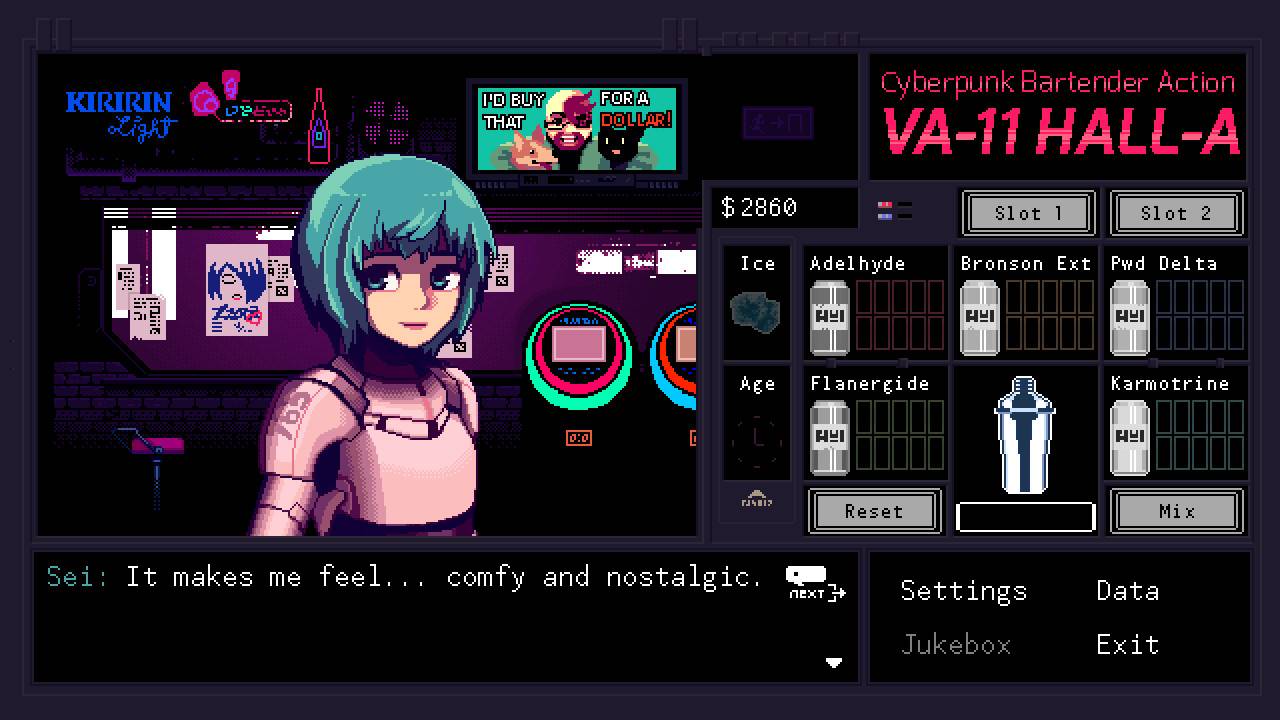
Ortiz also shares anecdotes about the game's evolution, including the shift away from Hong Kong-inspired locales to a South American Cyberpunk aesthetic. He discusses the self-publishing strategy for PC and plans for console partnerships, and provides detailed insights into the design and inspiration behind the character Reila Mikazuchi, referencing the work of Meiko Kaji.
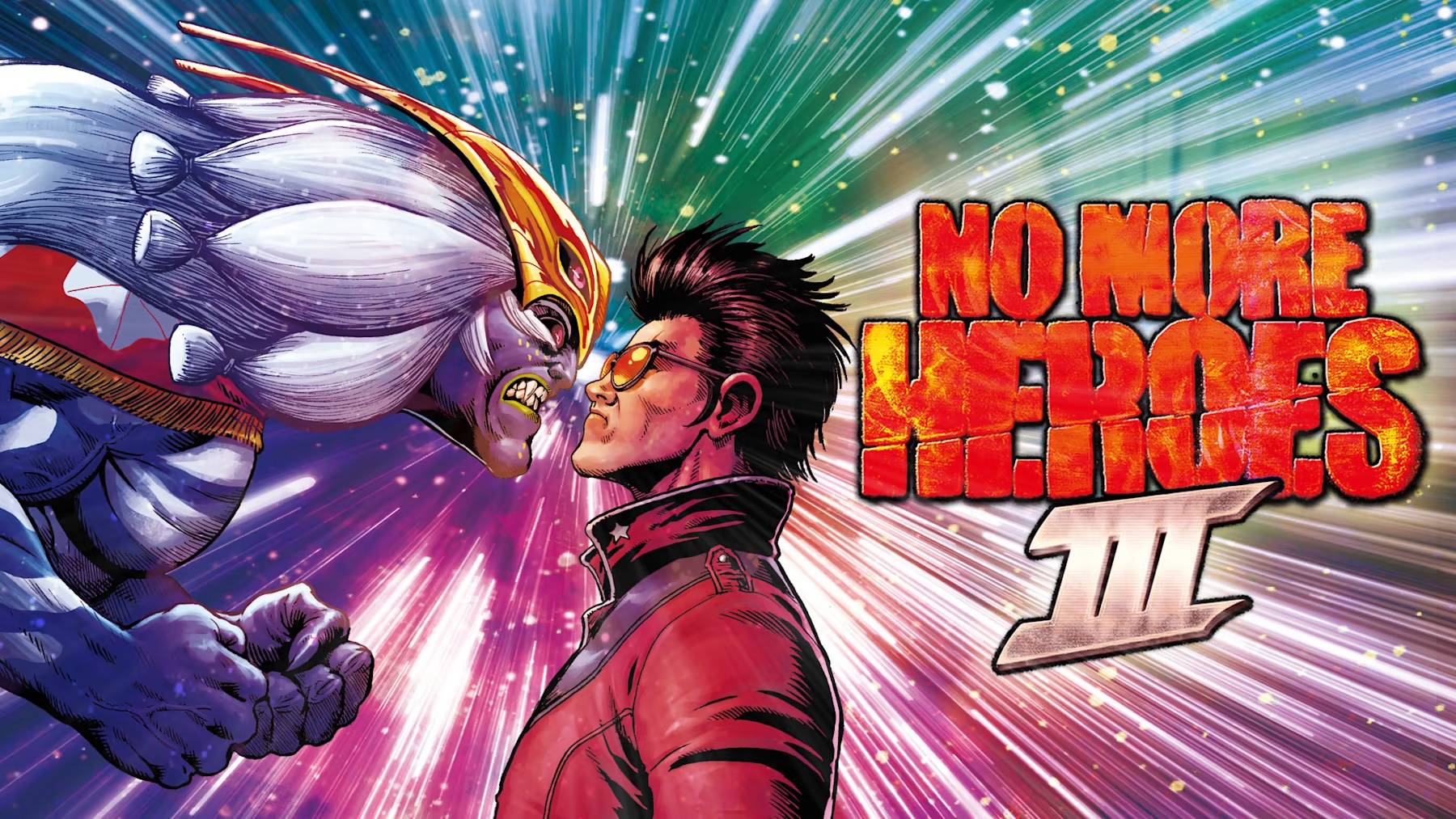
The interview concludes with Ortiz's reflections on the current state of indie games, his anticipation for upcoming titles, a deep dive into his appreciation for The Silver Case, his coffee preferences, and a glimpse into his daily life in Buenos Aires.
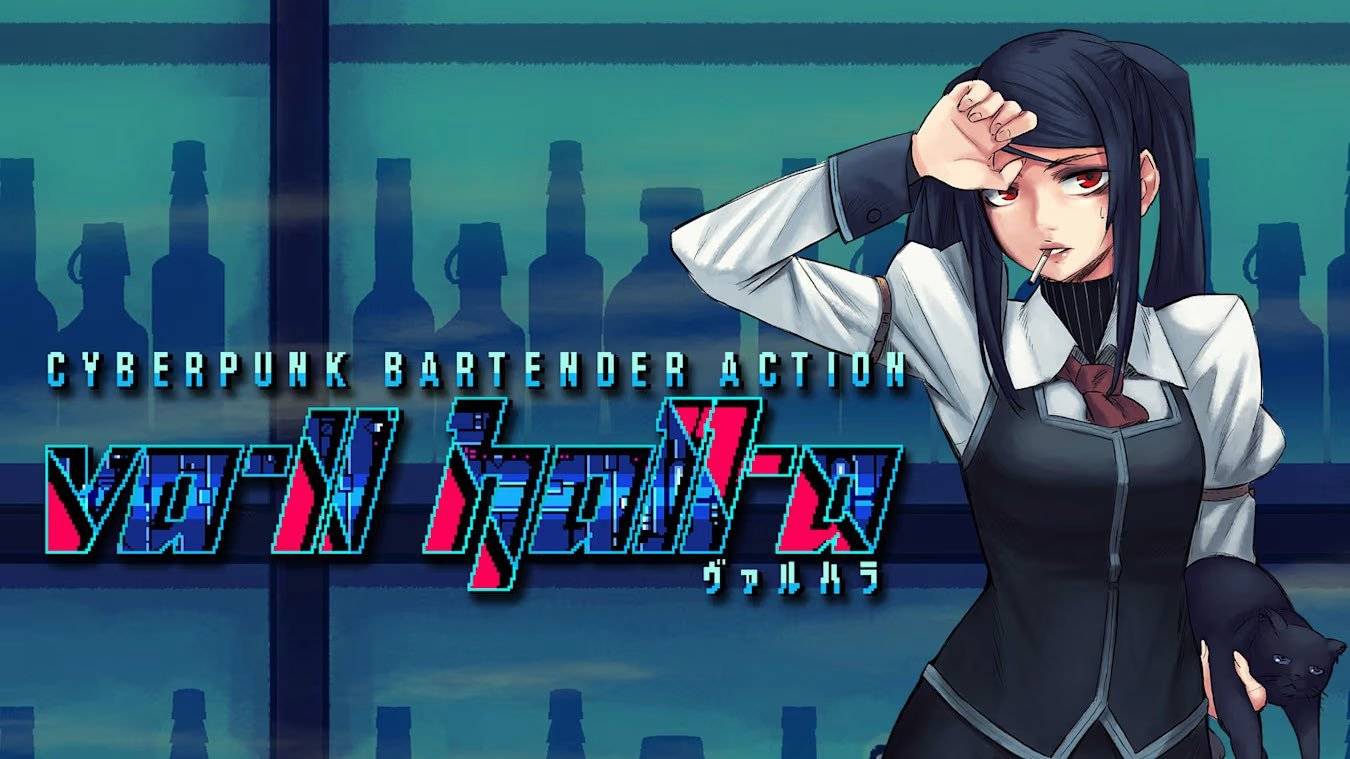
The interview is peppered with images showcasing the game's art style and includes an embedded YouTube video. The overall tone is conversational and insightful, offering a rare and intimate look into the creative process of a highly respected indie game developer.
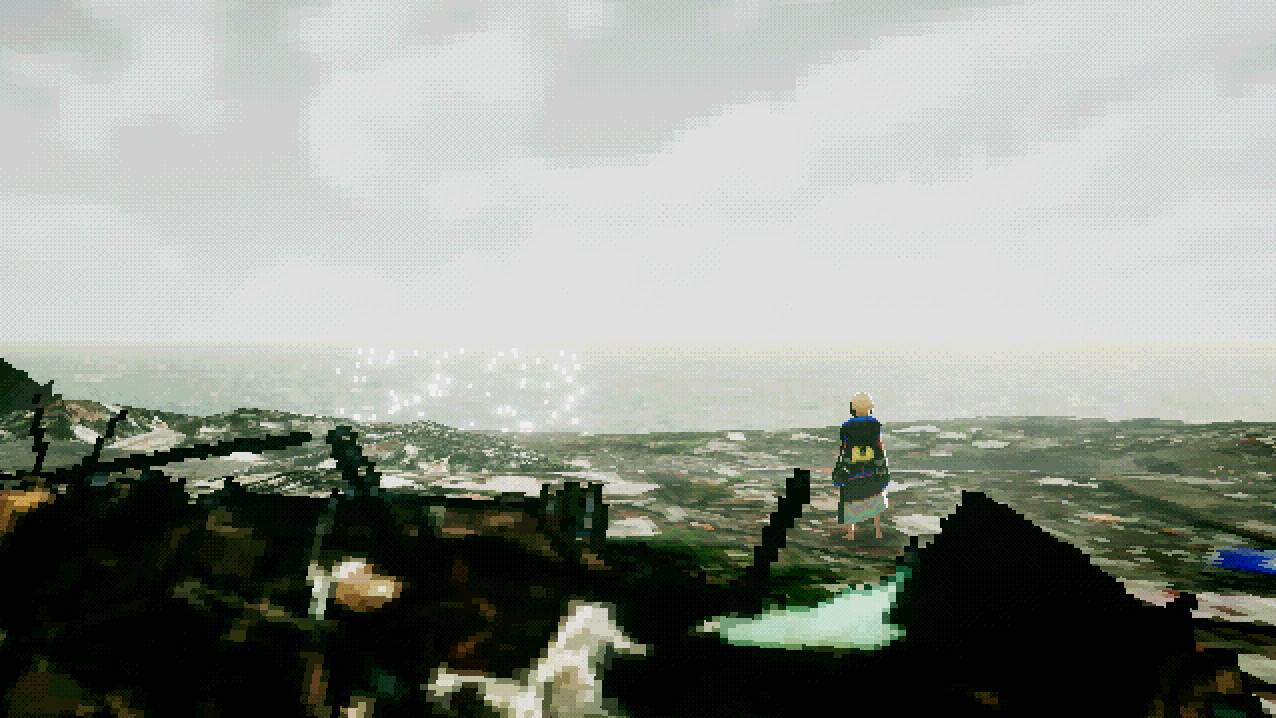
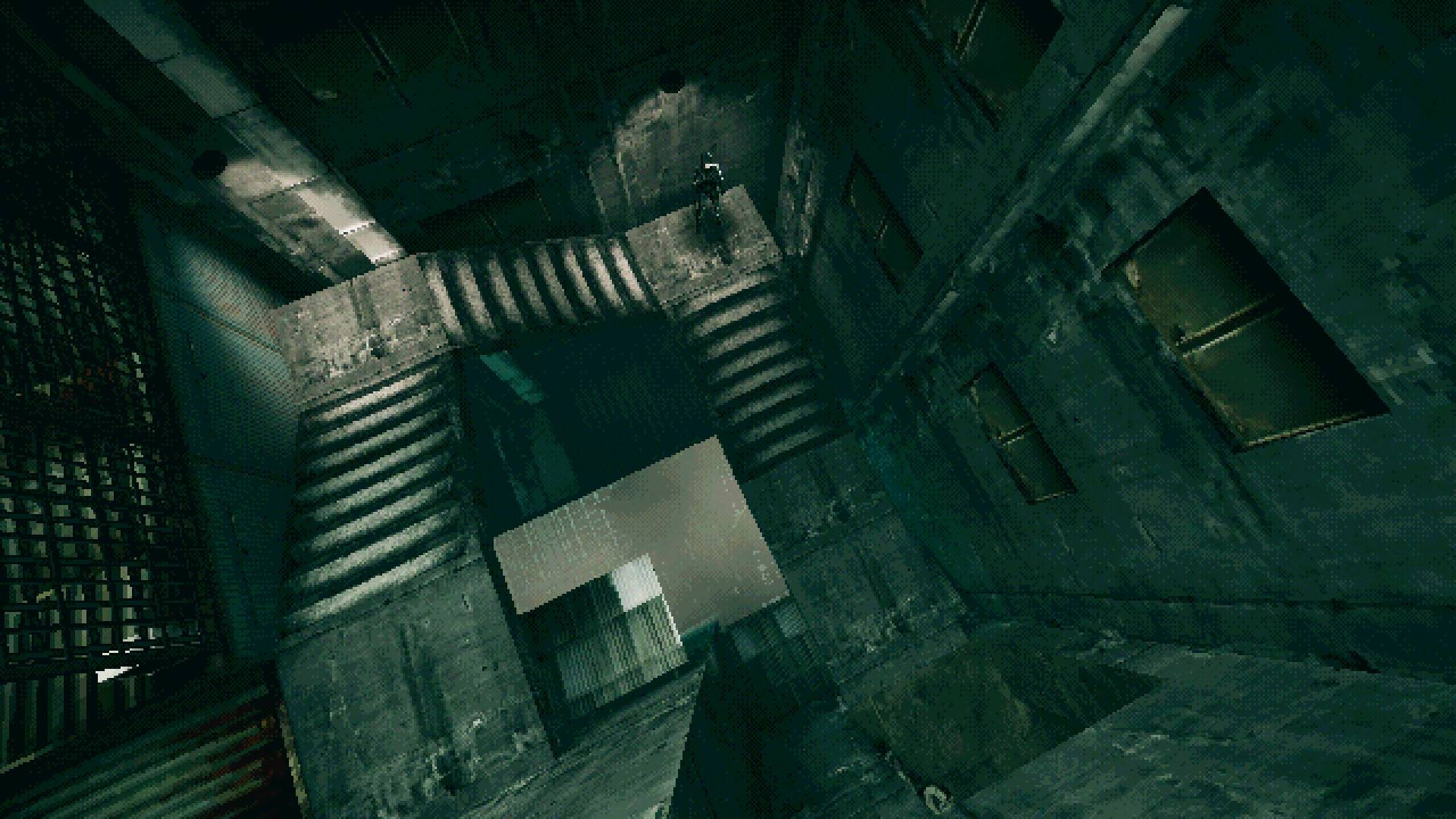
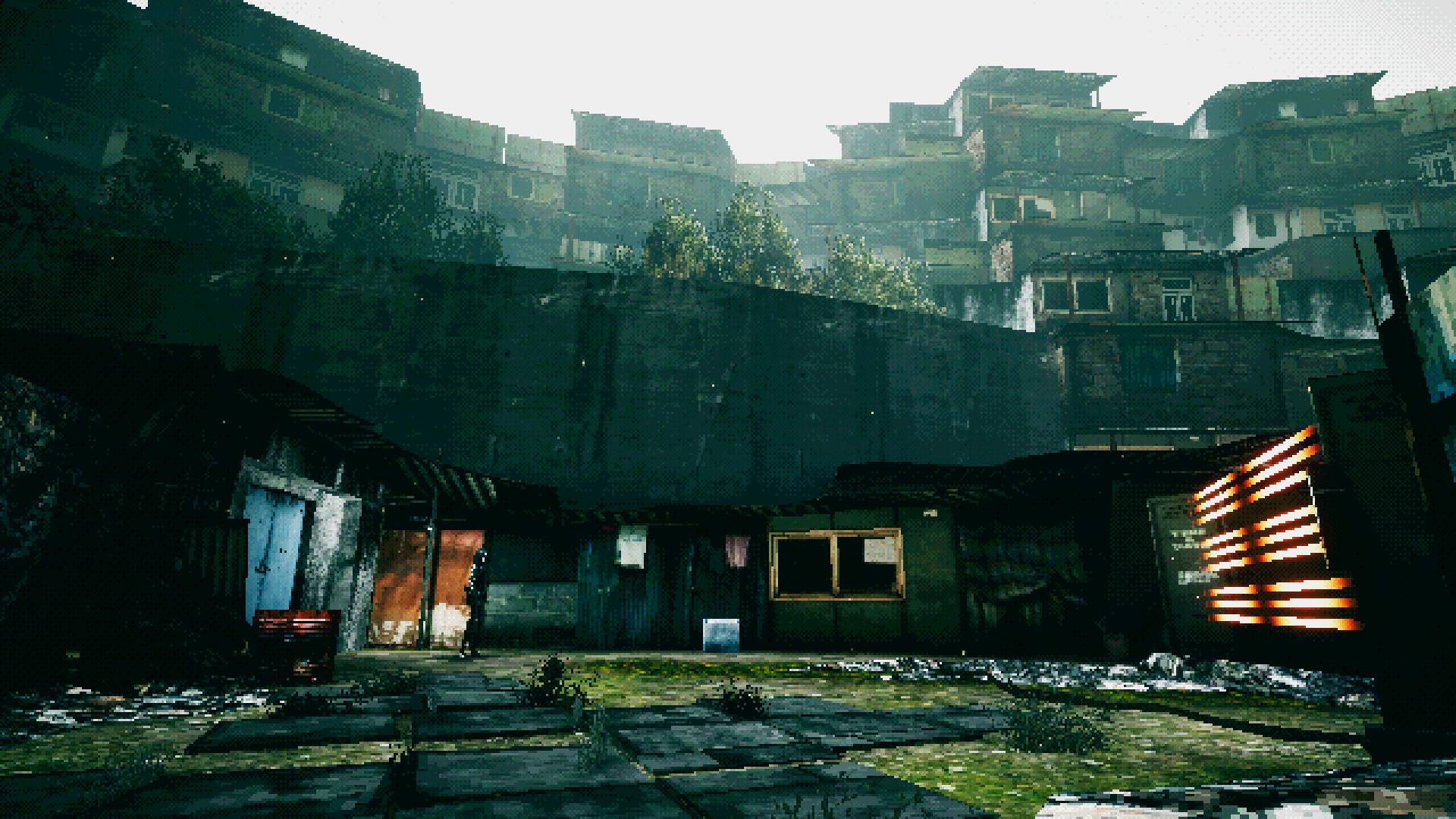
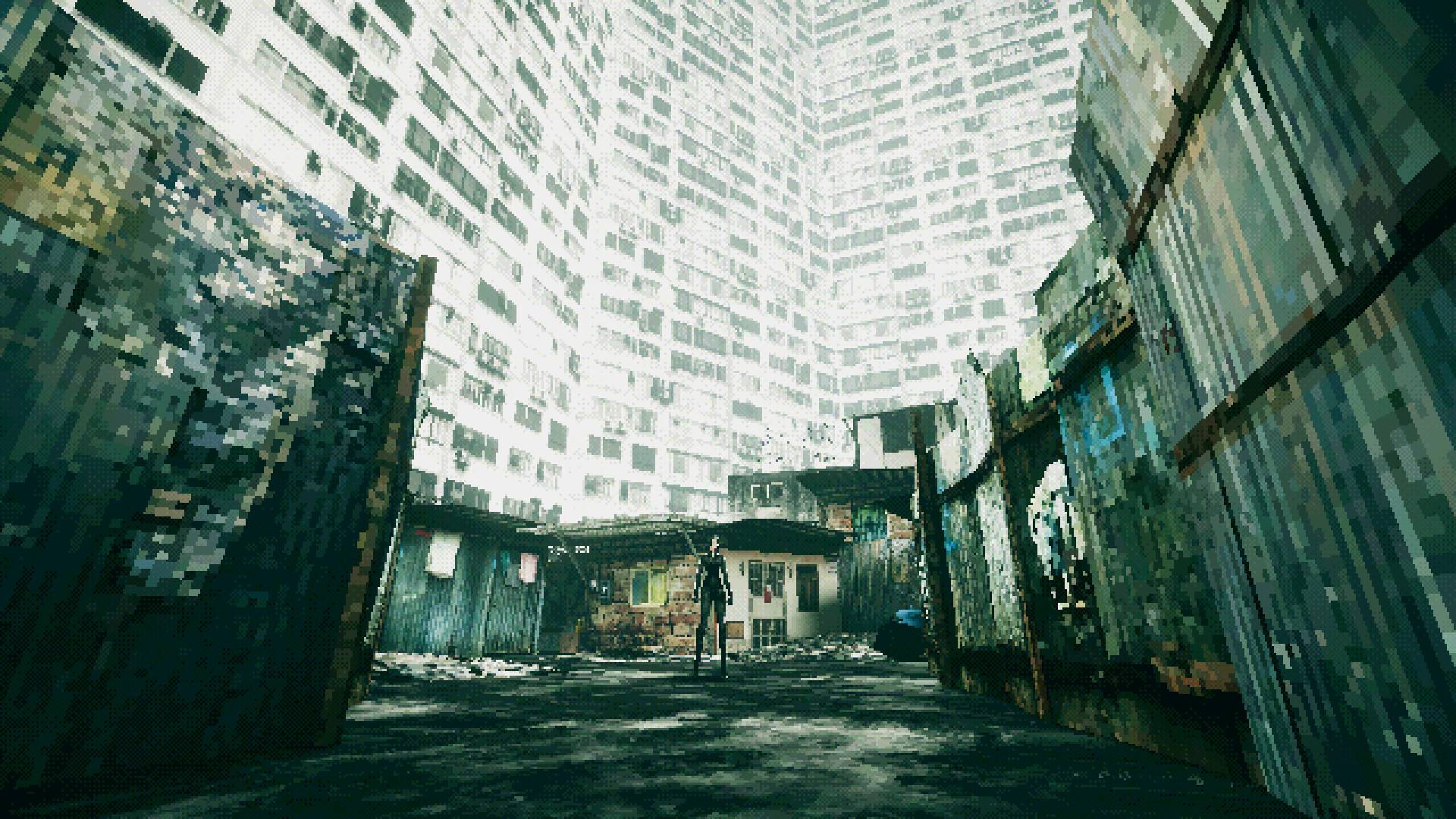
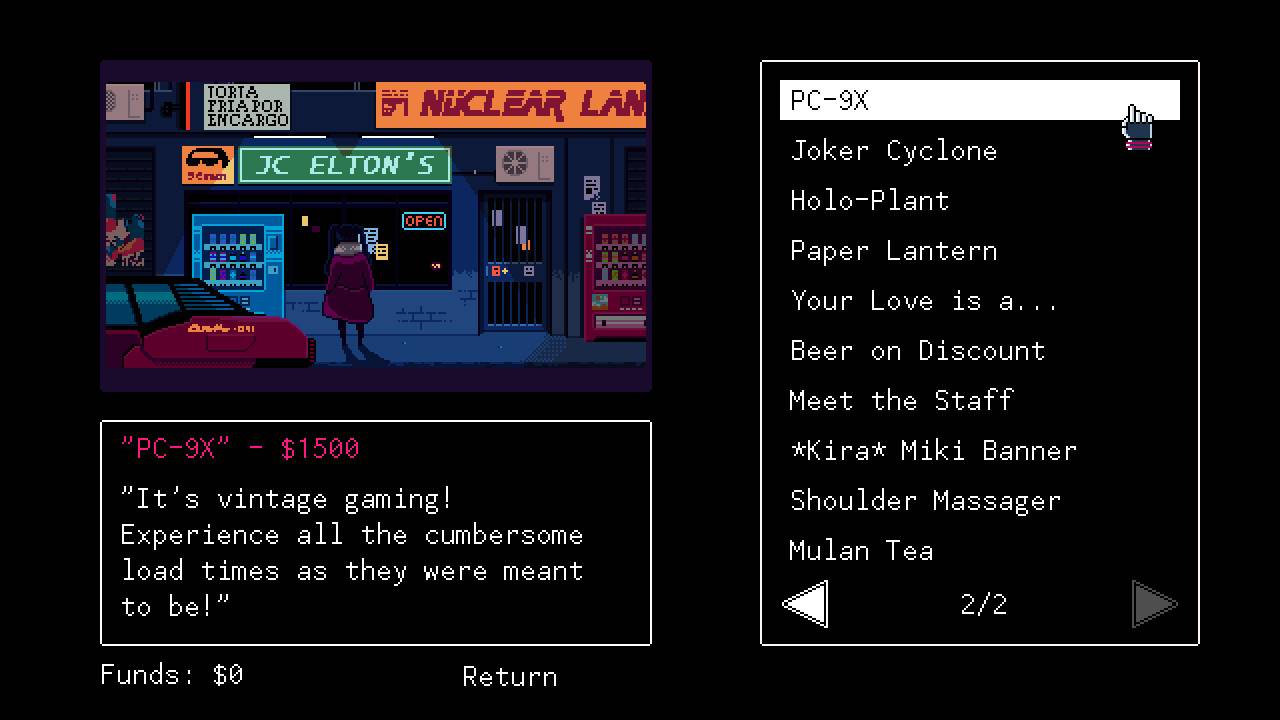
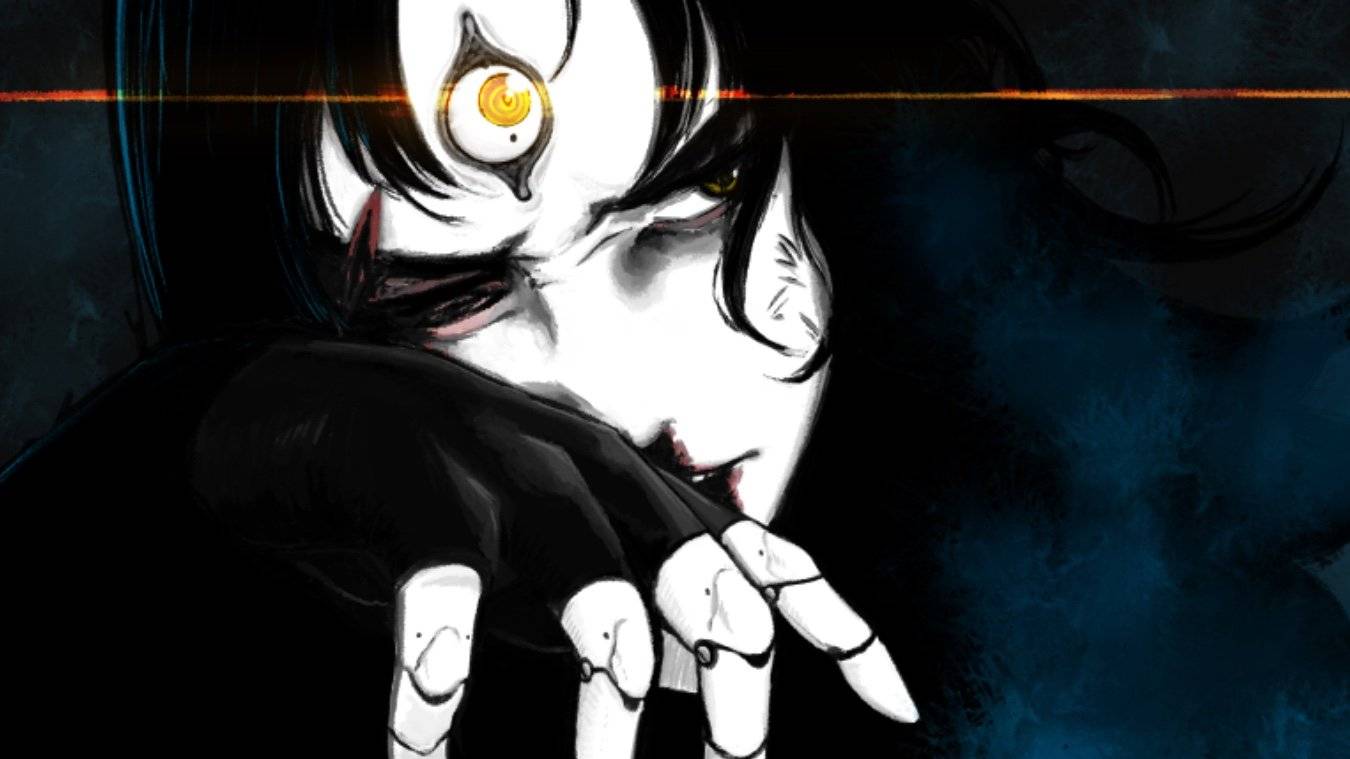
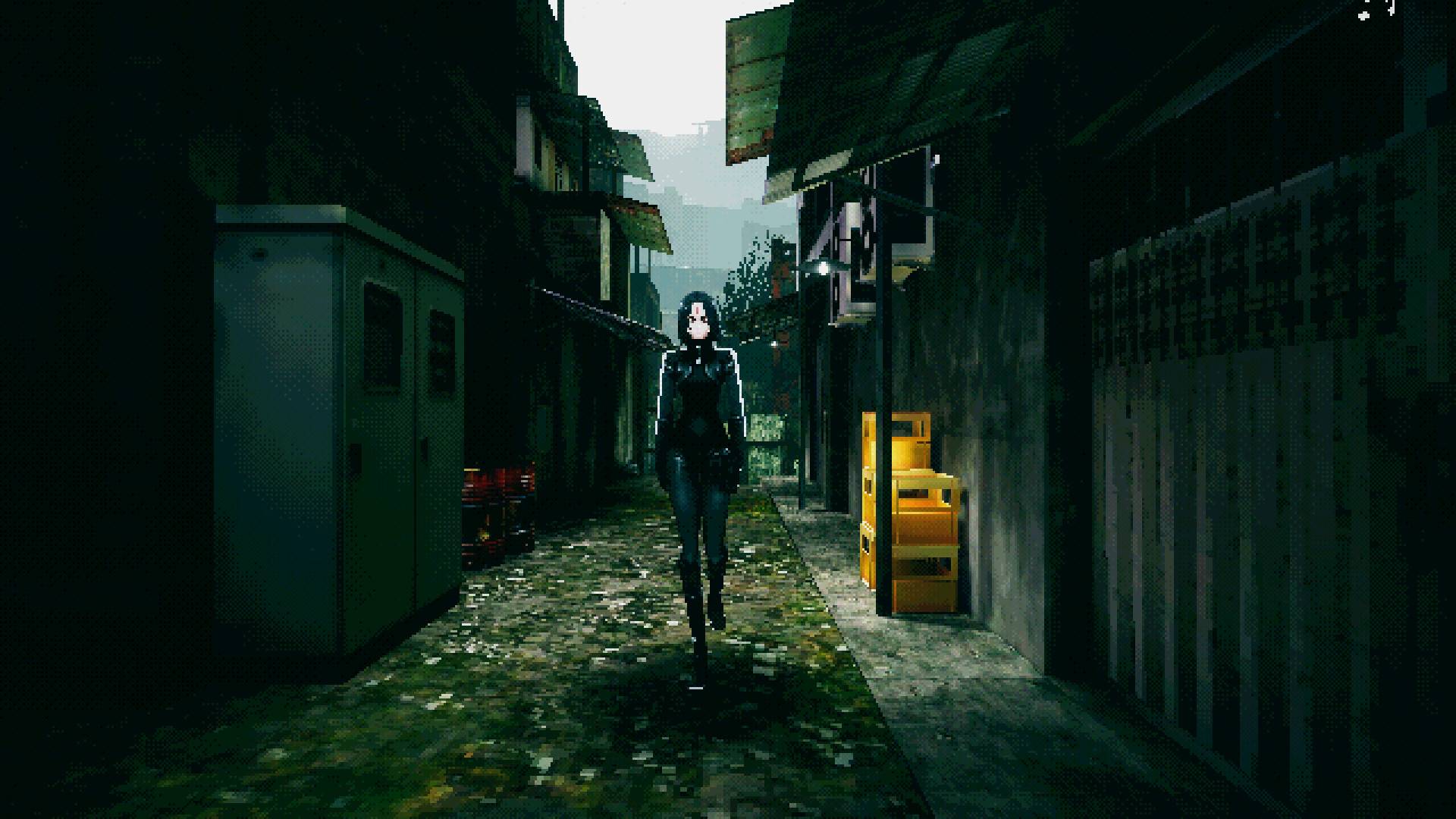

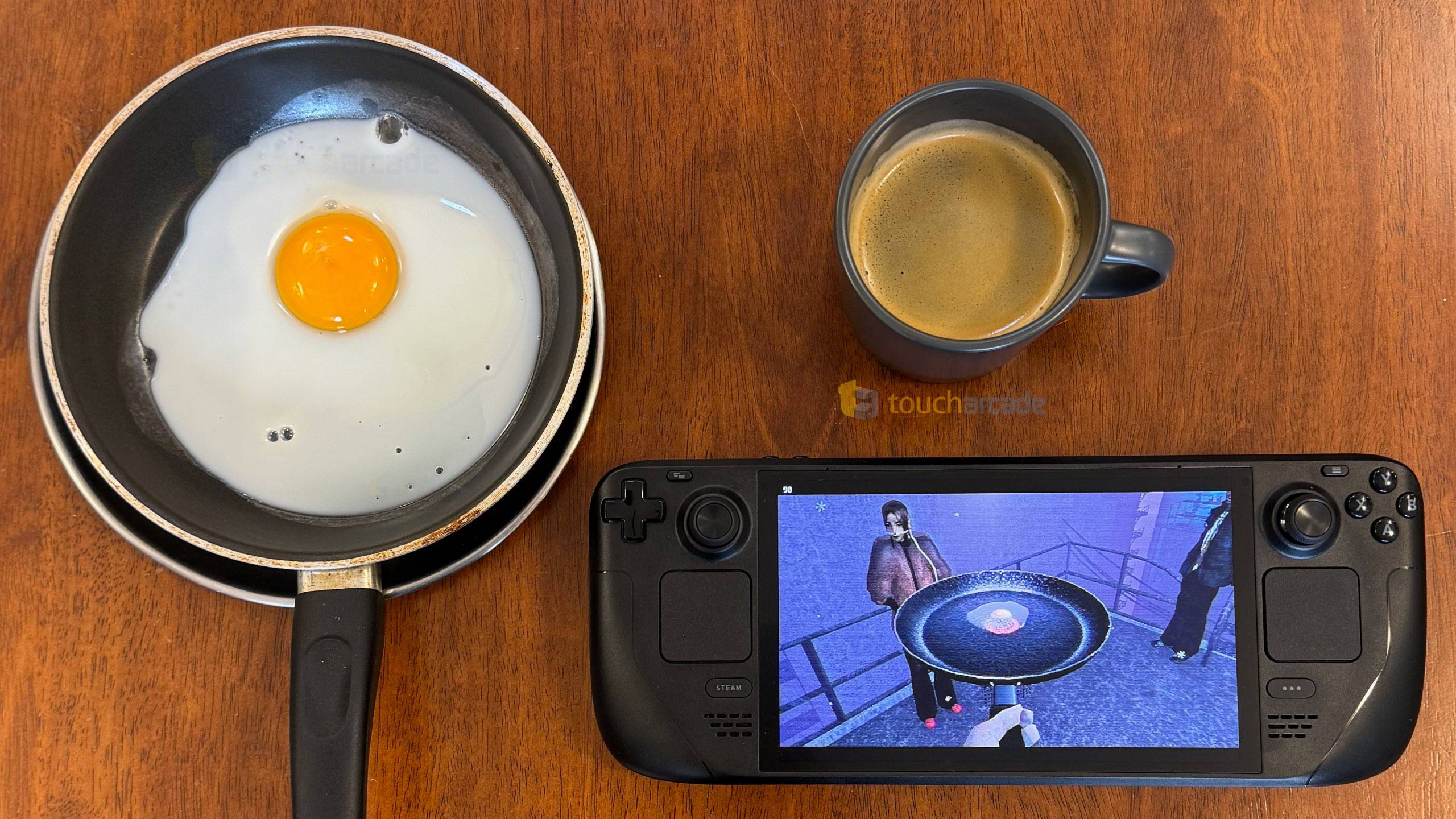
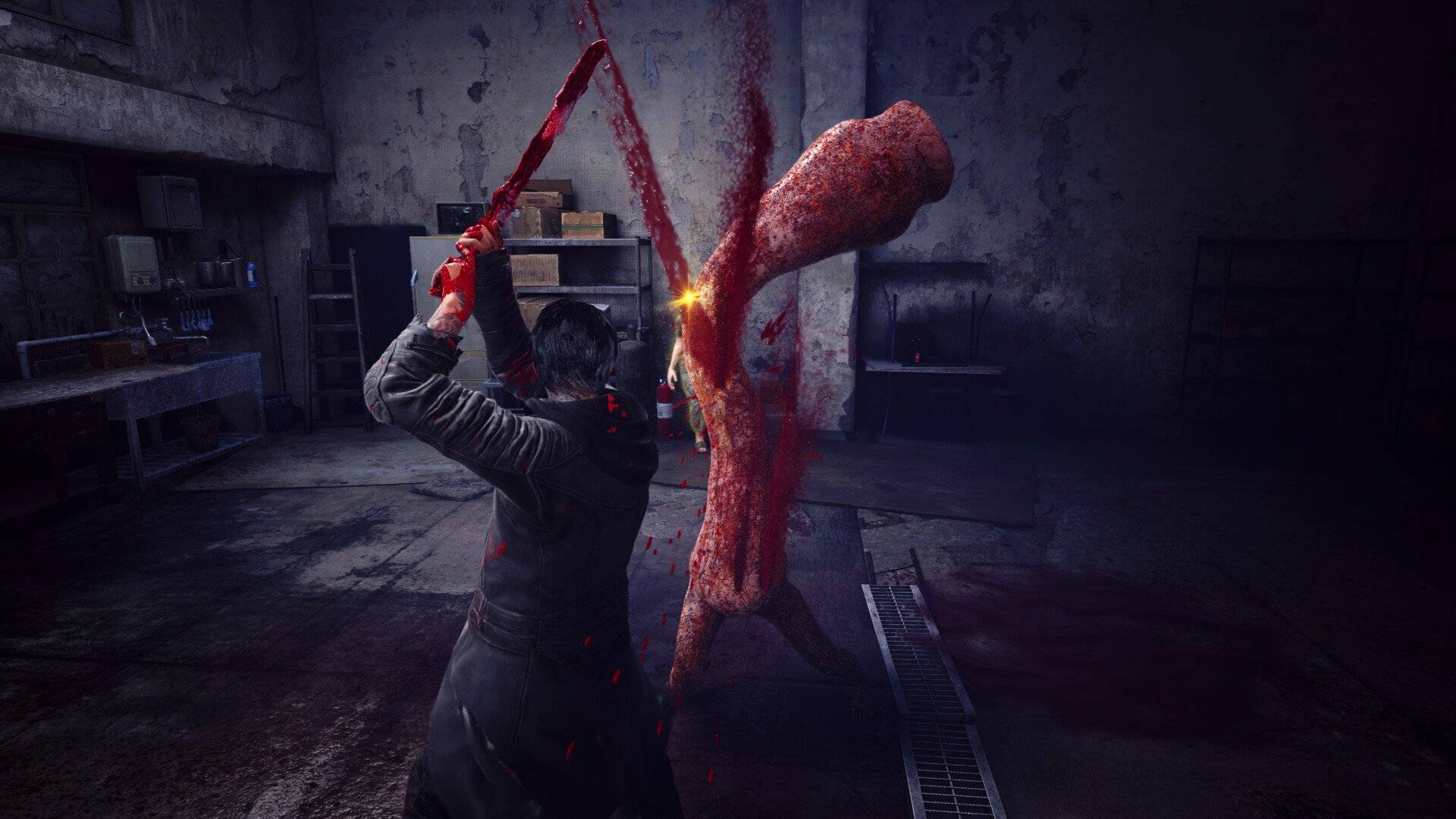
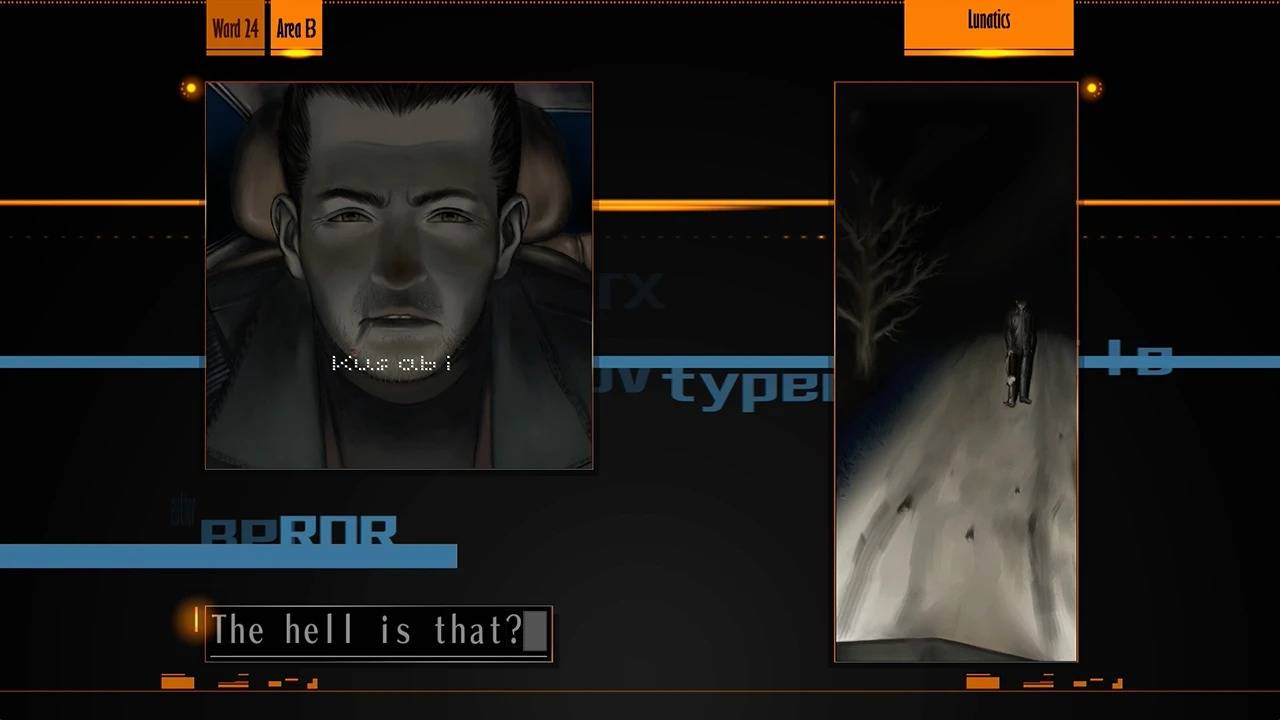
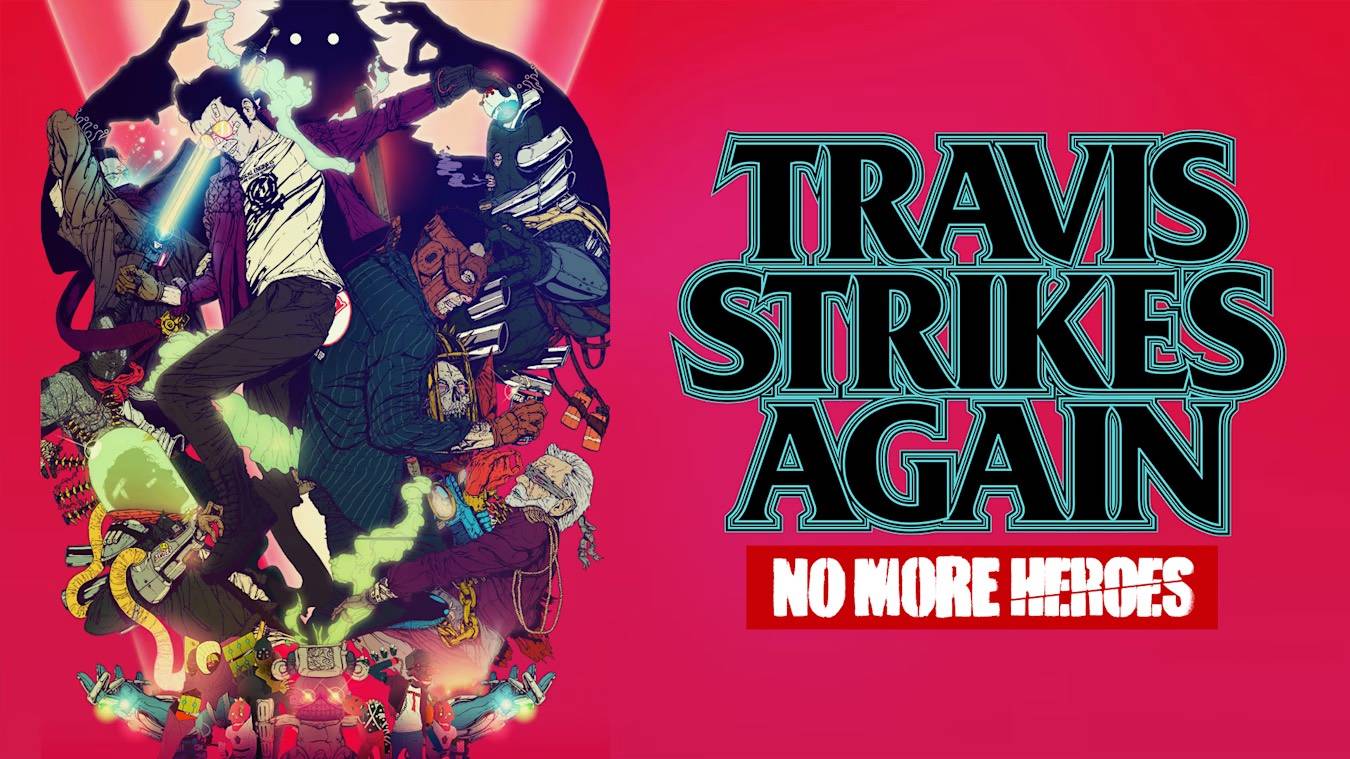
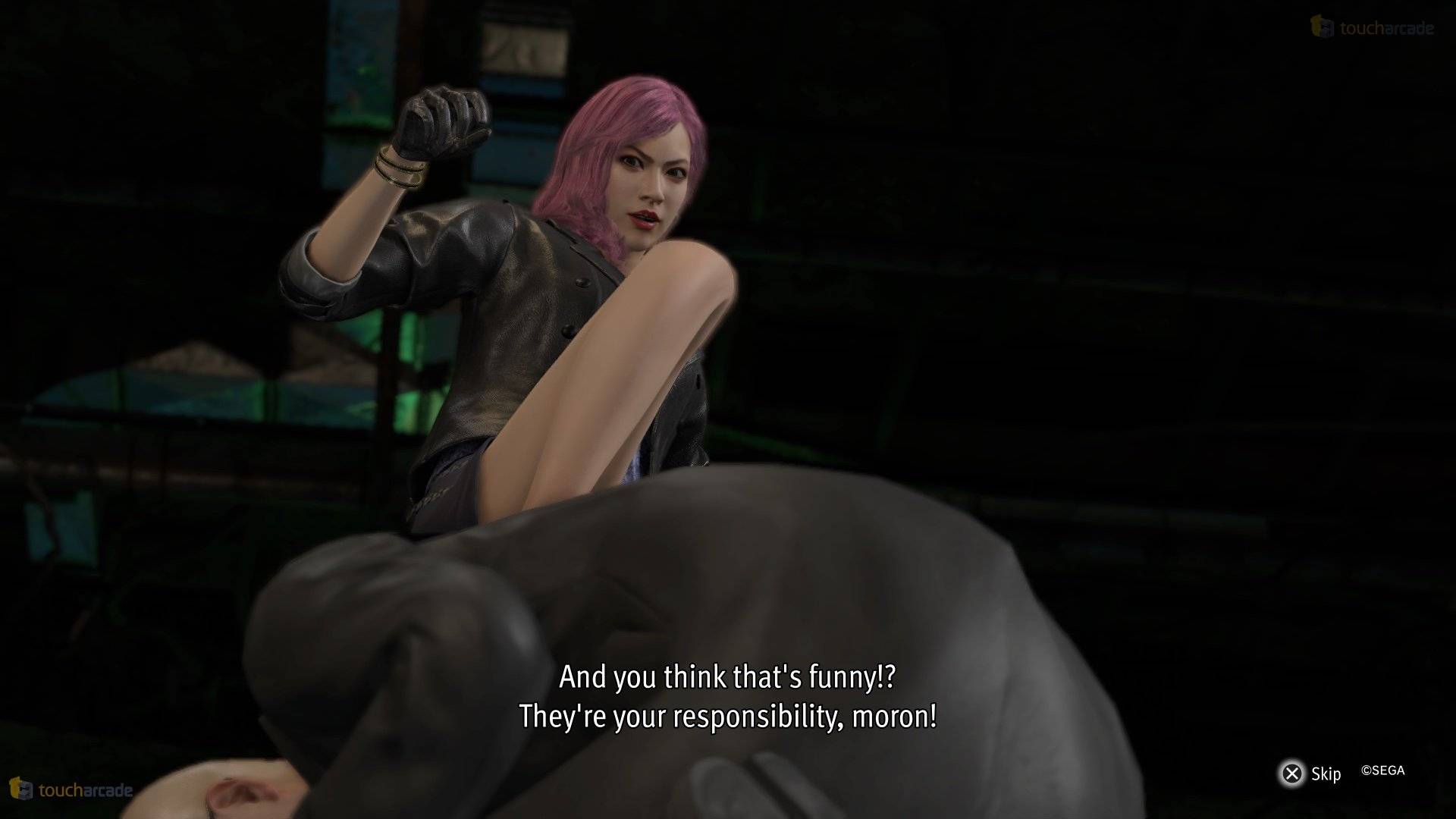
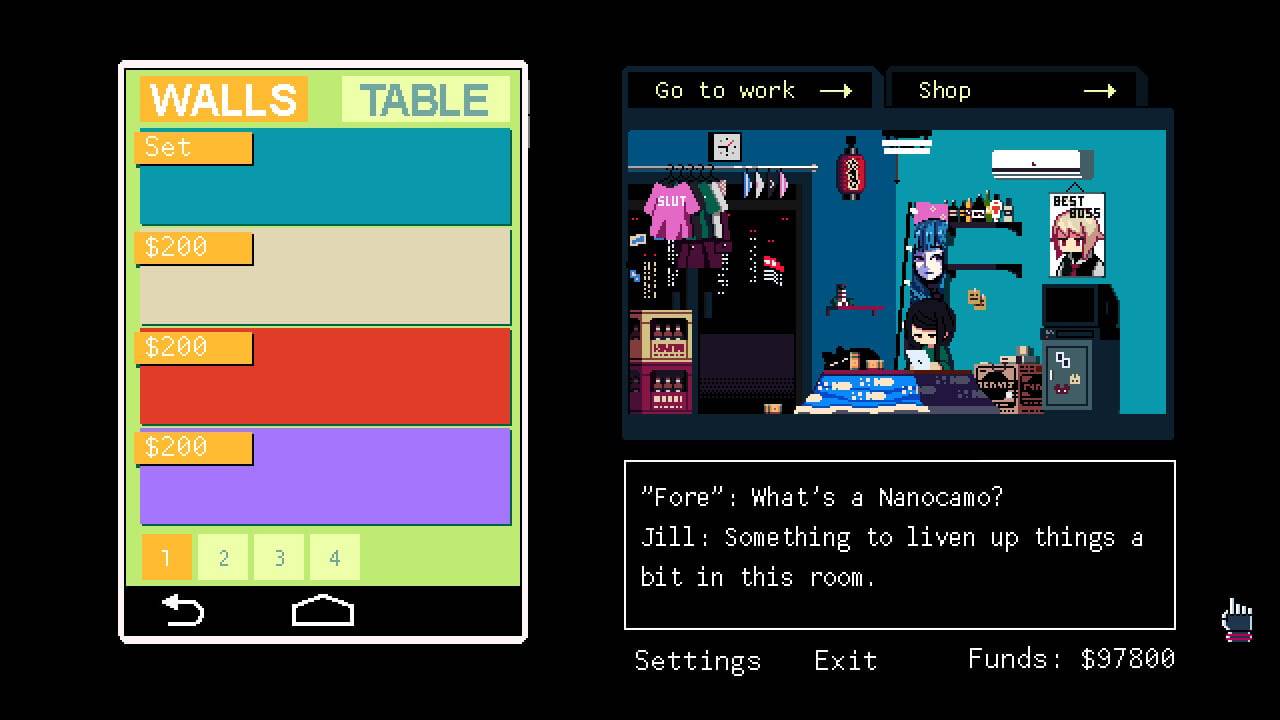
 Home
Home  Navigation
Navigation






 Latest Articles
Latest Articles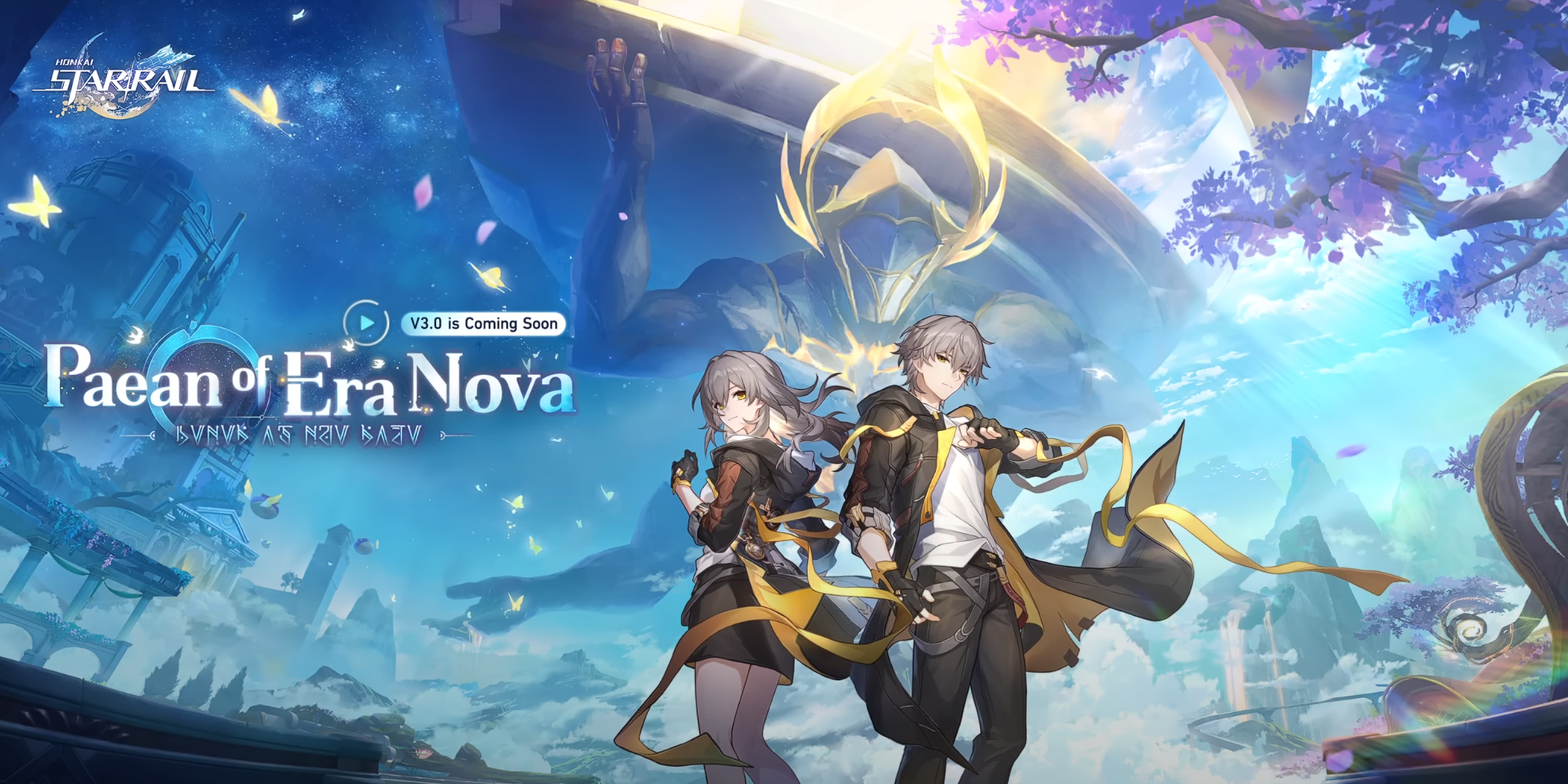










 Latest Games
Latest Games
